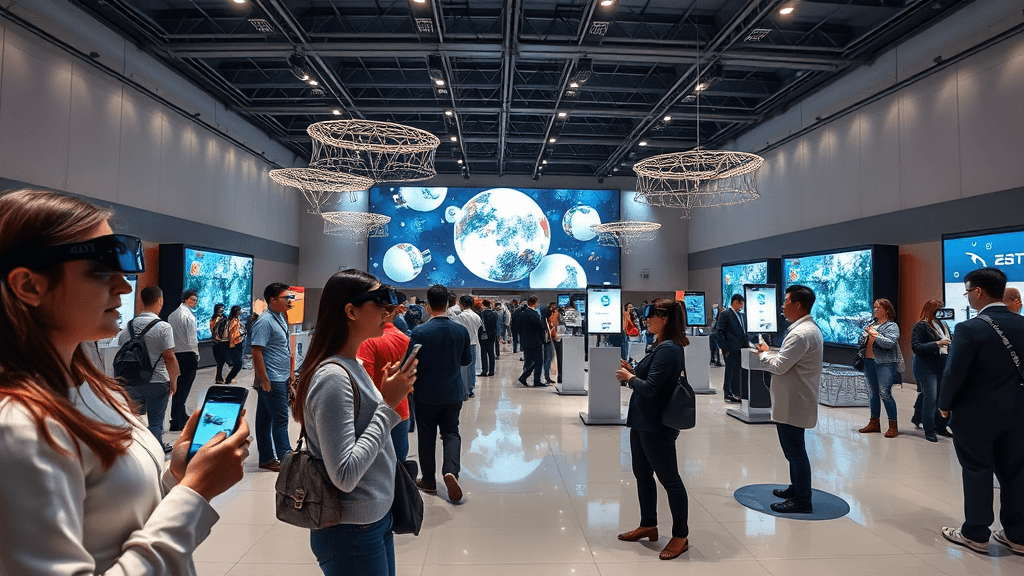The event industry is continuously evolving, with Augmented Reality (AR) leading the way in transforming how we plan and experience events. AR blends digital elements with the physical world, creating immersive experiences that captivate attendees and elevate event engagement. Here’s how AR is revolutionizing event planning.
Enhancing Attendee Interaction
Immersive Experiences
AR transforms passive attendees into active participants by creating engaging and memorable interactions.
- Virtual Decor and Interactive Elements: Use AR applications to project digital themes and decorations, enabling attendees to view and interact with these elements through their devices. This can add a layer of excitement and novelty to any event space.
- Gamified Experiences: Create AR-based games or challenges that attendees can participate in during the event. Consider scavenger hunts or quizzes that reveal hidden information about the event or sponsors when users engage with them.
Personalized Engagement
AR helps deliver personalized content to guests, enhancing their overall experience.
- Augmented Event Guides: Provide AR-enabled guides that offer detailed information when guests point their devices at certain signage or exhibits. This can include multimedia content such as videos, audio, or 3D animations.
- Customized Backgrounds for Photos: Allow attendees to use AR photo booths that superimpose creative and branded digital backdrops for memorable and shareable photos.
Streamlining Event Operations
Efficient Planning Tools
Ar solutions facilitate smoother event execution with technological innovations that streamline logistics and planning.
- Virtual Venue Walkthroughs: Before the actual event, use AR to give stakeholders a virtual walkthrough of the venue layout. This aids in identifying potential issues and optimizing space utilization.
- Interactive Floor Plans: Provide interactive AR floor plans to staff and vendors, enhancing coordination between teams and efficient event setup.
Real-Time Data Collection
AR applications can enhance data collection during events, providing valuable insights.
- Instant Feedback Tools: Use AR to collect real-time feedback from attendees. Devices can trigger surveys or feedback forms based on user interactions with the event space or content.
- Attendance Tracking: Implement AR systems that can track attendee movements and gather analytics, helping organizers understand attendee behavior and improve future events.
Creating Innovative Marketing Opportunities
Brand Engagement
Engaging audiences with AR opens new avenues for marketing and brand storytelling.
- Sponsored Interactive Features: Collaborate with sponsors to create AR experiences that resonate with their branding, such as virtual product demos or experience stations.
- Interactive Advertising Displays: Use AR to turn static advertisements into interactive brand experiences by allowing users to access embedded content, such as videos or special offers, through their mobile devices.
Measuring Impact and Reach
AR provides tools to gauge the effectiveness of marketing efforts during events.
- Engagement Metrics: Analyze data on how attendees interact with AR content to measure engagement and assess the success of marketing strategies.
- Augmented Product Trials: Enable sponsors to offer AR experiences, allowing attendees to virtually test and experience products, providing insights into consumer preferences and interests.
Conclusion
Augmented Reality is redefining the landscape of event planning by infusing traditional experiences with immersive digital interaction. As AR technology becomes more accessible and its applications more creative, event planners can use it to enhance engagement, optimize operations, and expand marketing capabilities. By embracing AR, events are not just organized—they are transformed into interactive journeys that intrigue and engage attendees.
